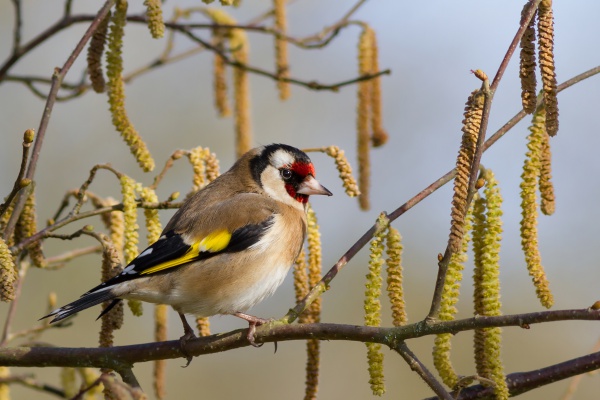Facts About European goldfinch
The European goldfinch, often simply referred to as the goldfinch, is a delightful small bird native to Europe, North Africa, and parts of Asia. It is easily identifiable by its striking red face, distinctive black-and-white head, and vibrant plumage. Over the years, this bird has also established populations in regions such as Australia, New Zealand, and Uruguay.
First described by Carl Linnaeus in 1758, the European goldfinch belongs to the finch family. It is closely related to the citril finch and the Corsican finch. Based on their geographical distribution and plumage patterns, these birds are divided into different subspecies.
European goldfinches have a notable presence in art, especially in Italian Renaissance paintings, where they often symbolize Christ's Passion and endurance in Christian iconography. Beyond the visual arts, they have inspired literature and music as well. Notably, Antonio Vivaldi composed a concerto named "Il Gardellino" inspired by this bird.
In terms of their lifestyle, European goldfinches build their nests primarily from mosses and lichens. Interestingly, it is the female that takes on the task of nest-building and incubating the eggs. These birds primarily feed on small seeds, insects, and niger seeds. Due to their beautiful appearance and melodious songs, they are also popular among bird enthusiasts who keep them in captivity.
Conservation efforts have been made to protect these enchanting birds from habitat loss and trapping. Their significant role in various cultures and their symbolic importance in art and literature underscore their enduring charm and significance.

 Syria
Syria